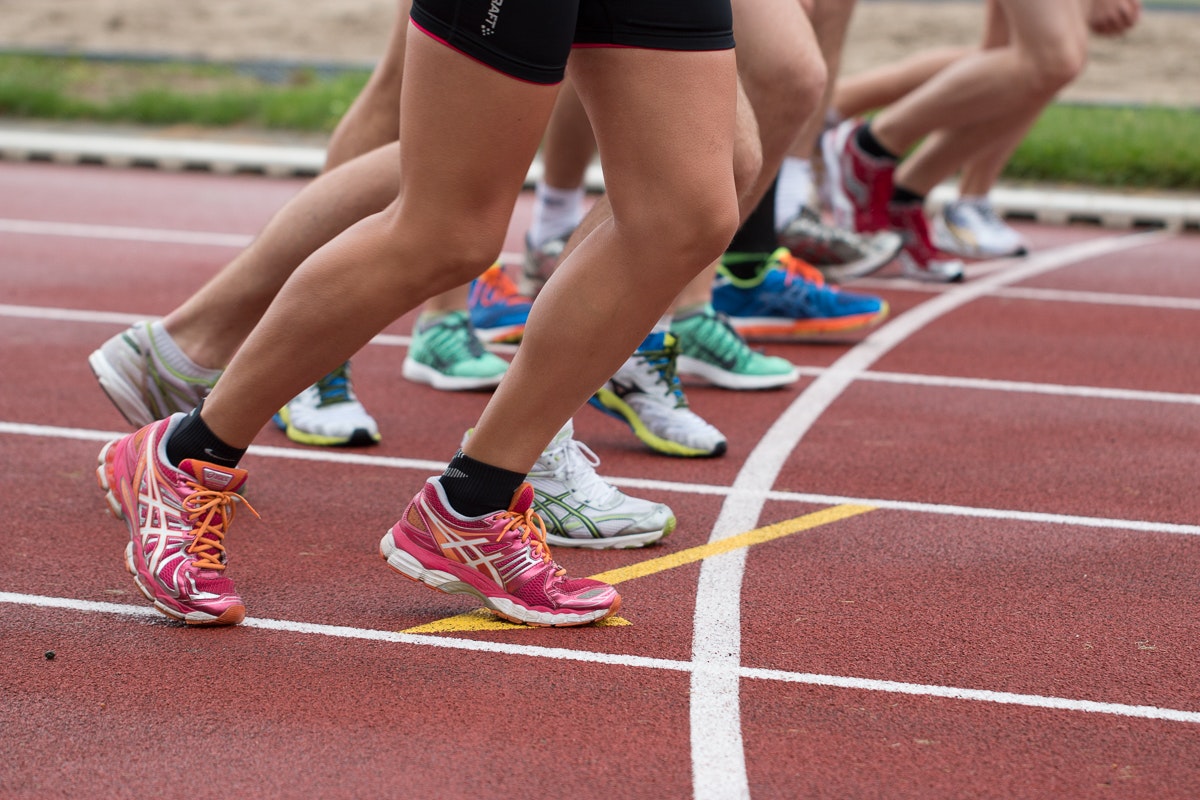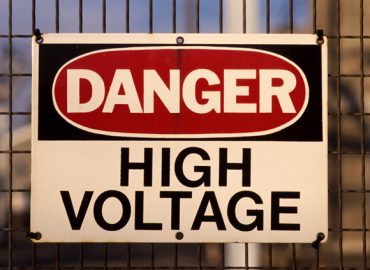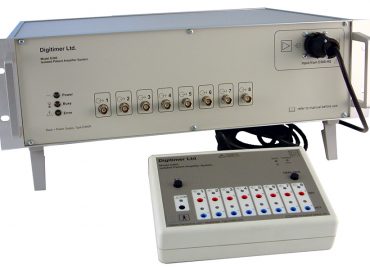Hare versus Tortoise
A new examination of plantar flexors in different running styles
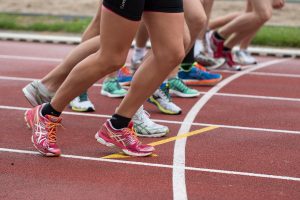
We all know how Aesop’s famous story of the hare and tortoise ends, so it may not matter whether you are a runner who bounds through the air or one that takes a more ground-based approach, but a new research paper by Sidney Grosprêtre (Univ. Bourgogne Franche-Comté) and colleagues, takes a look at some of the neuromuscular differences between the running equivalents of “hares” and “tortoises”.
In the paper, published in Journal of Electromyography and Kinesiology, Dr Grosprêtre and colleagues at Univ. Bourgogne Franche-Comté, Volodalen and the National Research Tomsk Polytechnic University in Russia, examined the neuromuscular and mechanical characteristics of plantar flexors in runners that have been classified as “Aerial” or “Terrestrial” in terms of their preferred running style. Observing participants on a treadmill during a 10min running trial, the researchers observed and using a well established method, scored key elements, including vertical head oscillation and foot-strike pattern. Based on these scores, the runners were defined as aerial or terrestrial, with aerial runners typically exhibiting longer flight time versus ground contact time and terrestrial runners showing the reverse.
Methods included EMG, maximum voluntary force measurement and electrical stimulation
The researchers then carried out a range of tests to examine the neuromuscular and mechanical characteristics of each subject. Tests included electromyographic (EMG) measurements from four leg muscles including the soleus, gastrocnemius medialis and gastrocnemius lateralis. Isometric force measurements were also made to assess the strength of maximum voluntary contractions (MVC). Finally, in order to produce high current stimulation, a Digitimer DS7A High Voltage Constant Current Stimulator was used to stimulate the posterior tibial nerve at the popliteal fossa, via self-adhesive (5x10cm) Ag/AgCl electrodes.
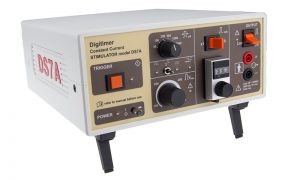
Stimulation intensity was incrementally increased to induce a maximal H-reflex and eventually a supra-maximal M-wave response, ensuring complete activation of soleus, gastrocnemius medialis and gastrocnemius lateralis muscles.
Aerial runners exhibit a higher rate of force development in the soleus
Results indicated that runners in the aerial group showed a higher rate of force development than the terrestrial group, while maximum voluntary contraction strength was unchanged. This change in the rate of force development appeared to be attributed to the soleus muscle, which also exhibited higher myoelectrical activity. Further, it was noted that the maximal H-reflex in the aerial group was significantly higher than the terrestrial runners, but only within the soleus muscle.
Results may influence training or injury avoidance strategies
The authors acknowledged some limitations of the study and suggest that longitudinal examination of individual participants may help to understand if the running style leads to the neuromuscular changes or if the biological differences pre-dispose an athlete to run with a particular style. They also conclude that the differences between the two groups are focused on the soleus and primarily the result of changes at the muscle or spinal level rather than having any supraspinal input. Finally, Grosprêtre and his colleagues suggest that their results may have training or prophylactic implications for runners wishing to change their running style.
Reference
Sidney Grosprêtre, Philippe Gimenez, Adrien Thouvenot, Aurélien Patoz, Thibault Lussiana, Laurent Mourot, Different plantar flexors neuromuscular and mechanical characteristics depending on the preferred running form, Journal of Electromyography and Kinesiology, 59, 2021, 102568, ISSN 1050-6411, https://doi.org/10.1016/j.jelekin.2021.102568.
Find out more about our product range
If you want to find out more about the DS7A Stimulator or any other Digitimer products that can be used in this type of research, please get in touch with us.
